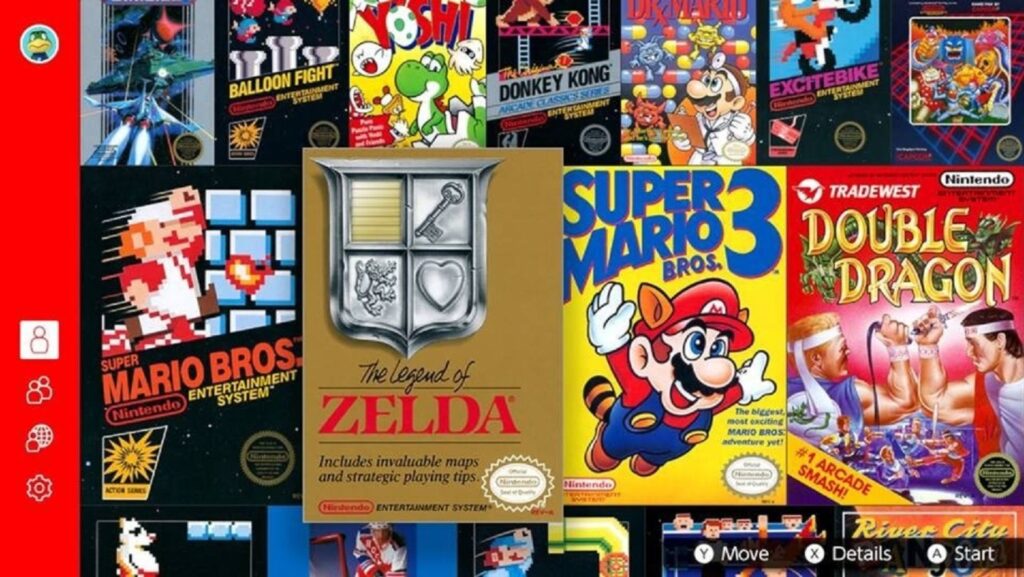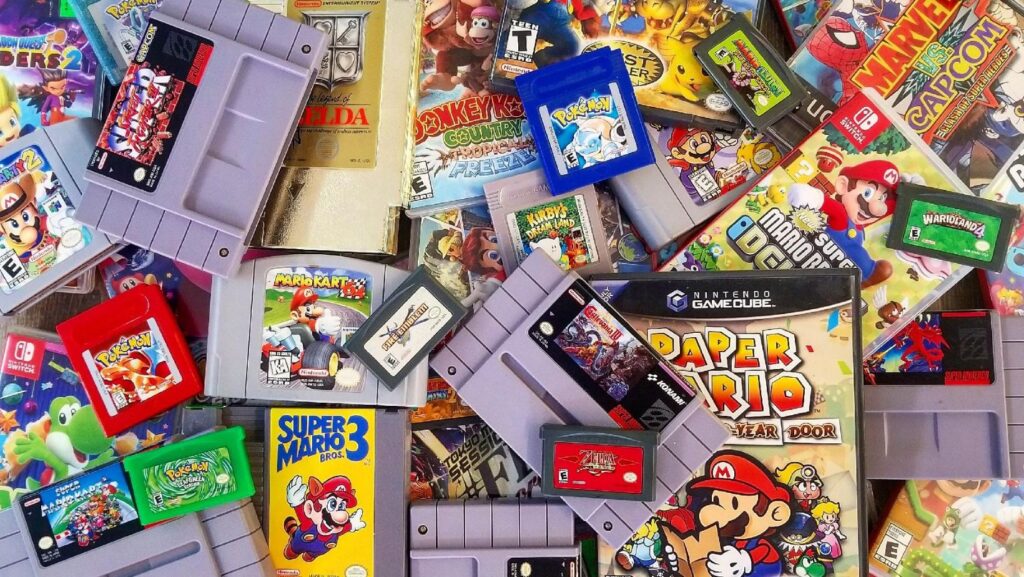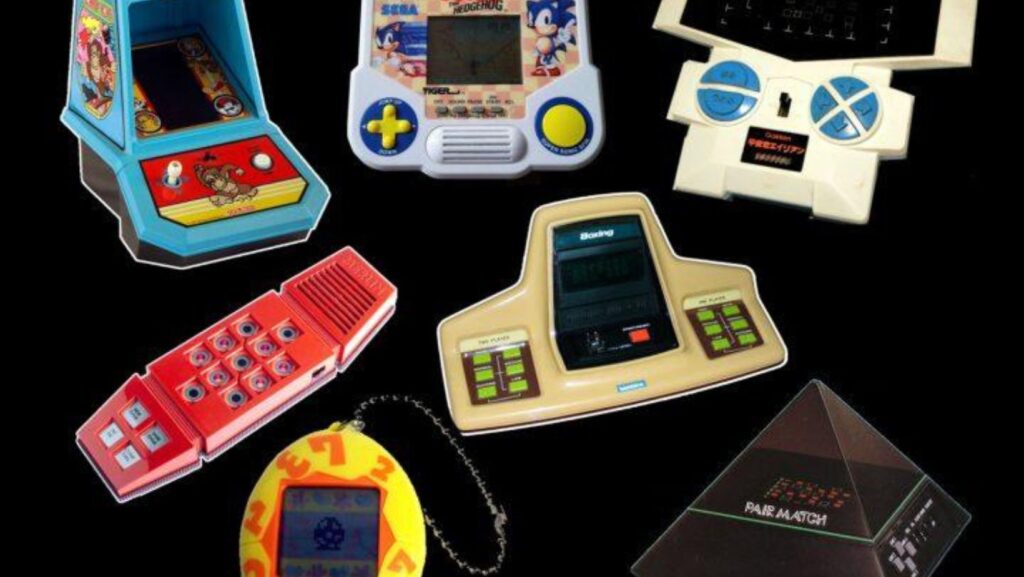
Retro Game Definition
Retro games hold a special place in the hearts of many gamers. Defined by their nostalgic appeal and simplistic gameplay, these classic video games transport players back to a bygone era of gaming. The term ‘retro game’ typically refers to titles that were popular in the 1980s and 1990s, characterized by pixelated graphics, chiptune music, and straightforward mechanics.

In essence, retro games evoke feelings of nostalgia and offer a glimpse into the history of video gaming. Whether it’s revisiting iconic franchises like Super Mario Bros. or exploring hidden gems from the past, playing retro games can be a rewarding experience for both seasoned gamers and newcomers alike. These timeless classics often serve as a reminder of how far the gaming industry has come while showcasing the enduring appeal of simple yet engaging gameplay.
As I delve deeper into the world of retro game definition, I’ll explore what defines these beloved classics, why they continue to captivate audiences today, and how they have influenced modern game development.
Retro games offer a nostalgic journey into the classic gaming genre, providing a contrast to the modern, visually sophisticated experiences found in slot online games. Understanding the appeal of retro games helps players appreciate the evolution of game design and technology, bridging the gap between traditional arcade fun and contemporary slot online entertainment.
Evolution of Retro Games
As I delve into the realm of retro game definition, it’s fascinating to trace the Evolution of Retro Games over the decades. From humble beginnings in arcades and early home consoles to the sophisticated digital landscapes we see today, retro games have undergone a remarkable transformation.
Early Days:
Back in the 1970s and 1980s, retro games were characterized by simple graphics, limited sound capabilities, and straightforward gameplay mechanics. Titles like “Pac-Man,” “Space Invaders,” and “Donkey Kong” laid the foundation for what would become a thriving industry.
Technological Advancements:

With the advent of more powerful hardware in the 1990s and beyond, retro games began to evolve rapidly. The introduction of 16-bit consoles such as the Super Nintendo and Sega Genesis brought about improved graphics, richer soundtracks, and more complex gameplay elements.
Rise of 3D Graphics:
The transition to three-dimensional graphics in the late ’90s marked a significant milestone in the evolution of retro games. Titles like “Super Mario 64” and “Final Fantasy VII” showcased immersive worlds that pushed boundaries and captivated players with their depth and detail.
Preservation Efforts:
In recent years, there has been a growing movement dedicated to preserving classic retro games for future generations. Emulation software, online repositories, and remastered editions have all played a role in ensuring that these beloved titles remain accessible to new audiences while honoring their nostalgic roots.
Nostalgia Reimagined:
Today, retro-inspired indie developers continue to pay homage to the past while infusing modern innovations into their creations. From pixel art aesthetics to chiptune soundtracks, these contemporary interpretations keep the spirit of retro gaming alive for both seasoned enthusiasts and newcomers alike.
Characteristics of Retro Games
When delving into the realm of retro games, it’s essential to understand the distinctive characteristics that set them apart from modern counterparts. Here are some key features that define retro games:
Visual Aesthetics:
- Pixel Art: Retro games often feature pixelated graphics, which were a product of technological limitations at the time.
- 2D Side-Scrolling: Many retro games utilize 2D side-scrolling gameplay, where characters move from left to right in a linear fashion.
- Limited Color Palette: Due to hardware constraints, retro games frequently employ a limited color palette, resulting in iconic visuals.

Gameplay Mechanics:
- Simplistic Controls: Retro games tend to have straightforward controls, focusing on intuitive gameplay that is easy to pick up but difficult to master.
- High Difficulty Level: Unlike many modern games, retro titles are known for their challenging nature and lack of hand-holding mechanics.
- Arcade Influence: A significant number of retro games draw inspiration from arcade classics, emphasizing high scores and replay value.
Sound Design:
- Chiptune Music: Retro games commonly feature chiptune music created using sound chips from vintage consoles like the NES or Commodore 64.
- Bleeps and Bloops: The sound effects in retro games often consist of simple bleeps and bloops due to audio limitations of older hardware.
- Catchy Tunes: Despite technical constraints, retro game soundtracks are memorable and have stood the test of time.